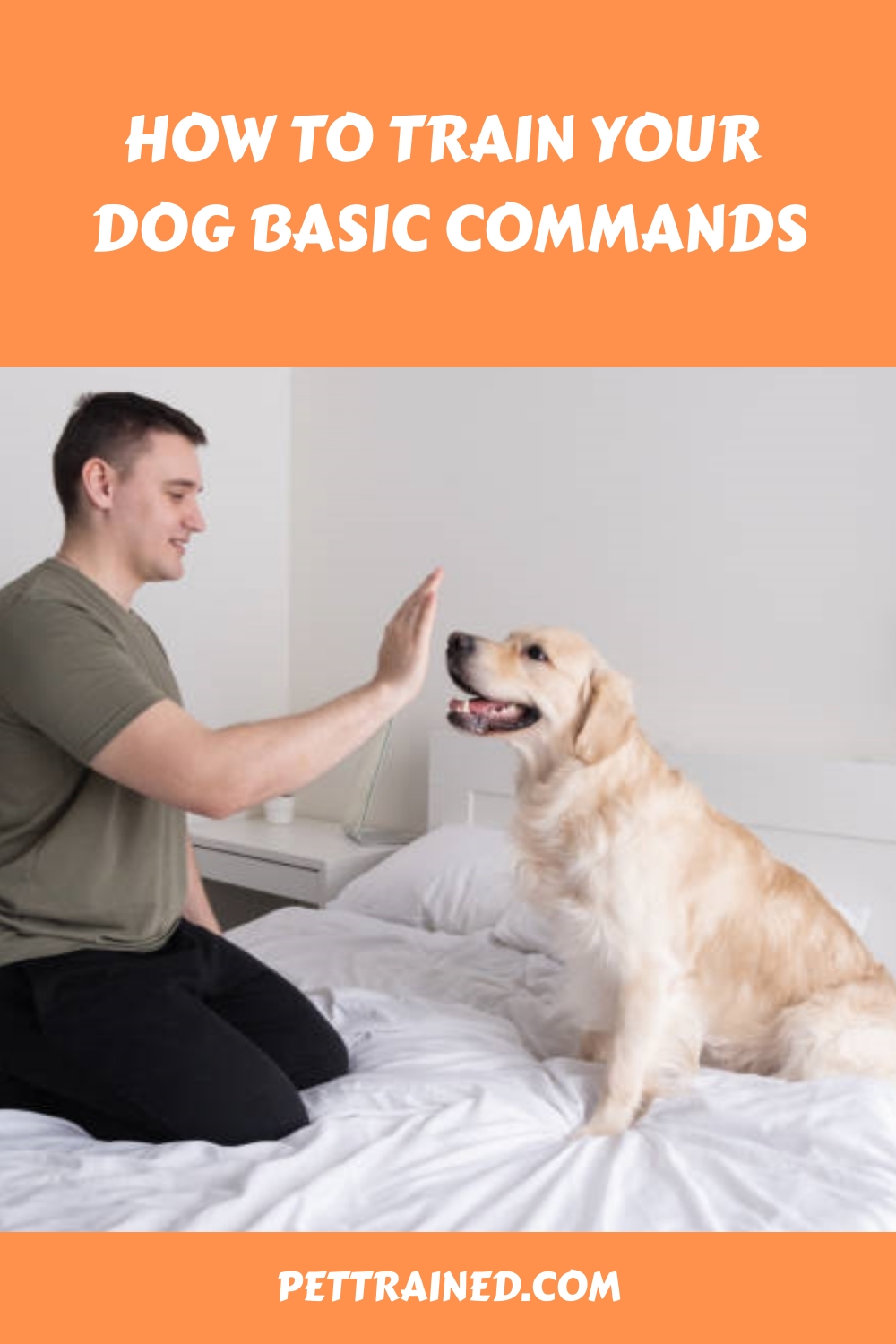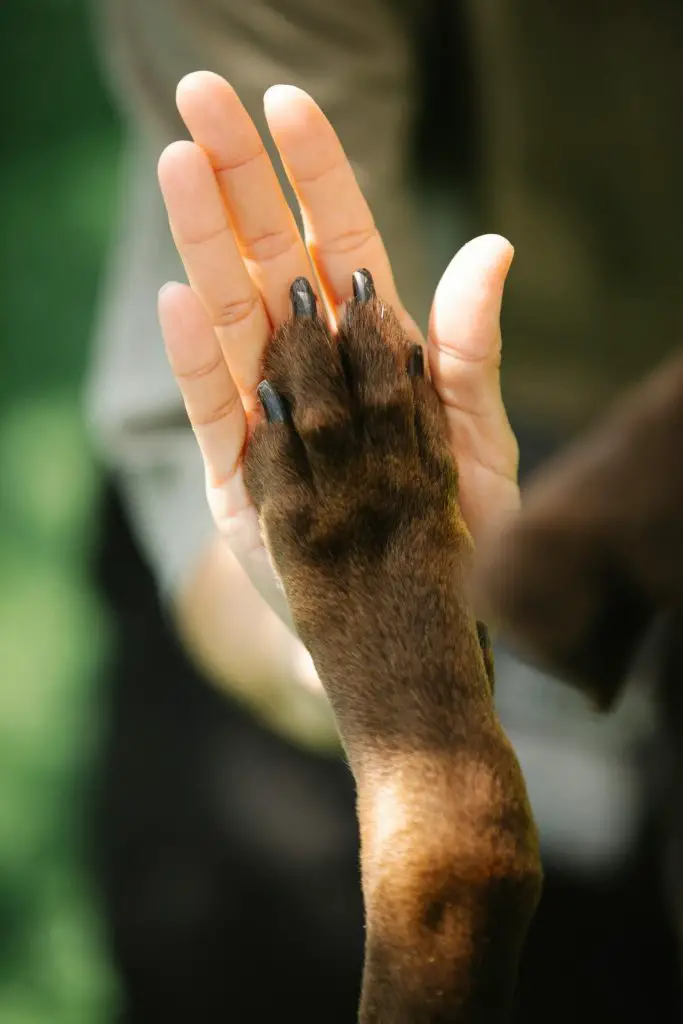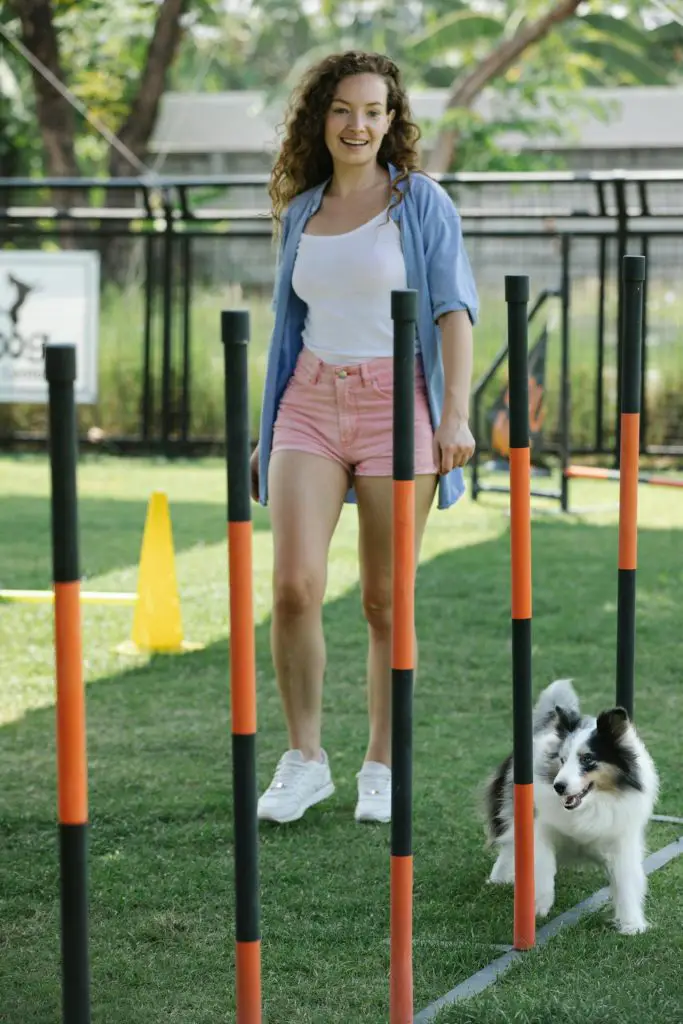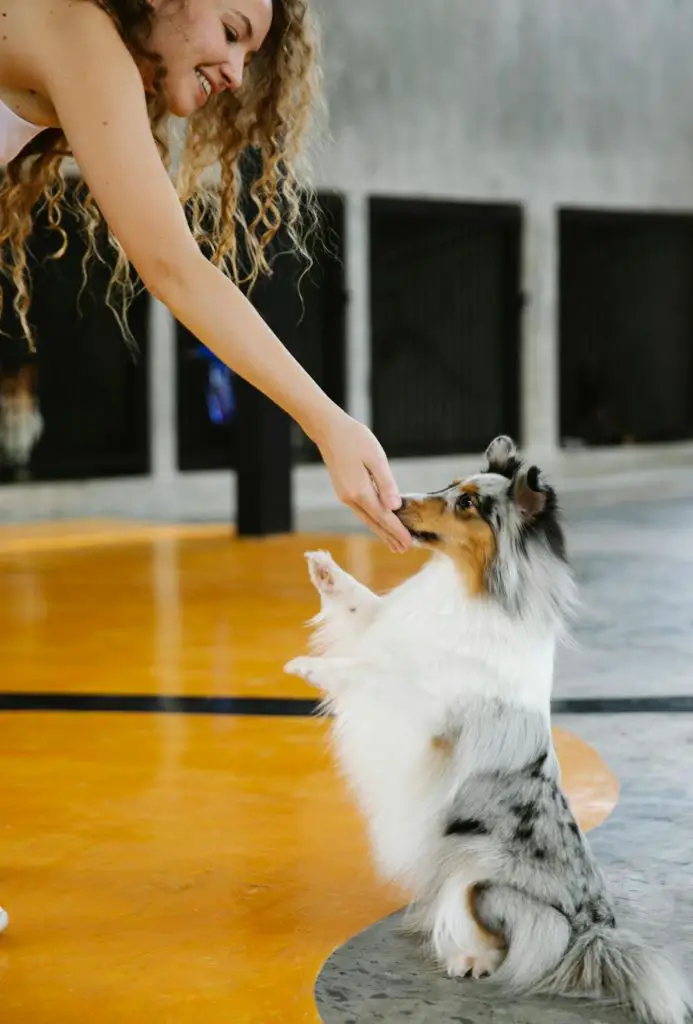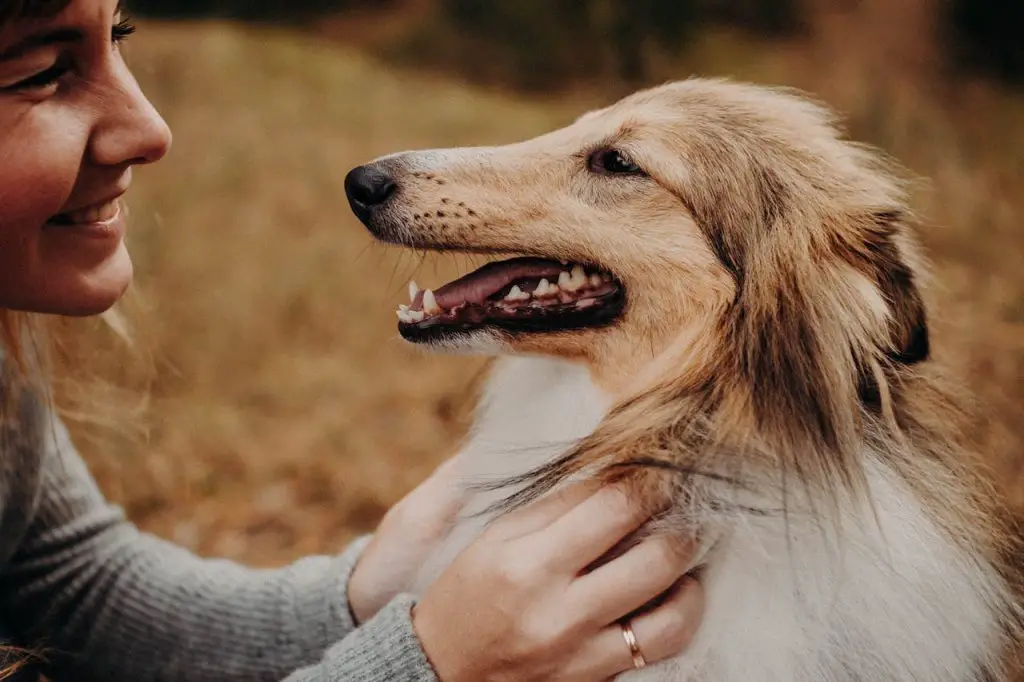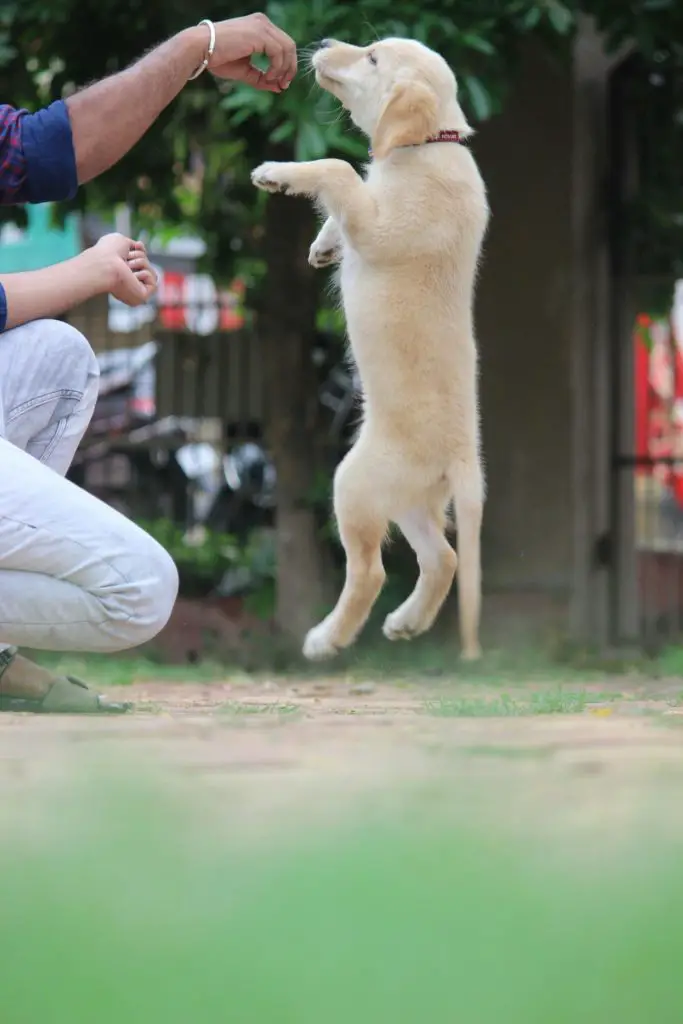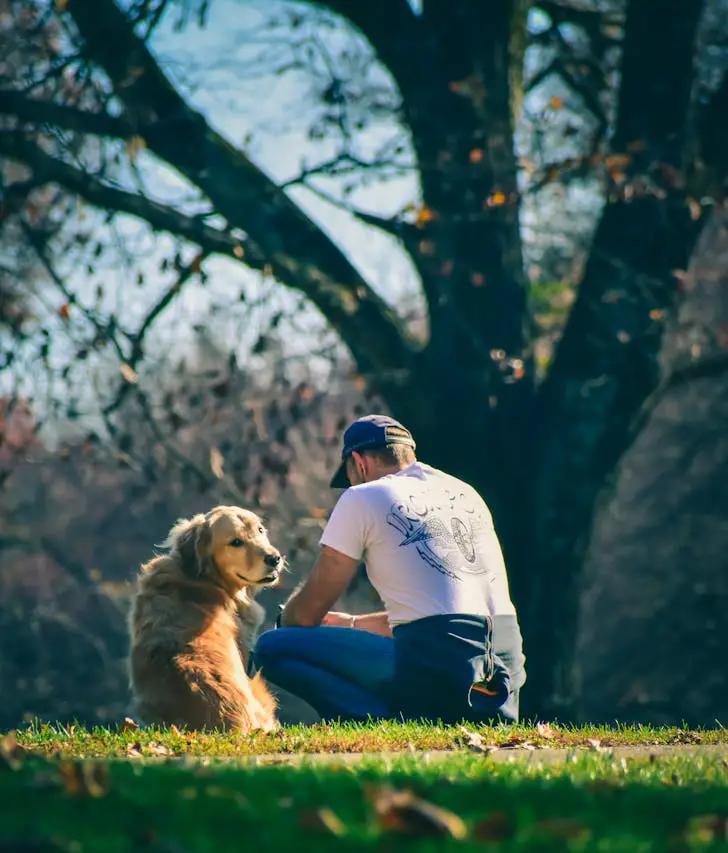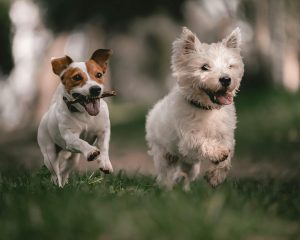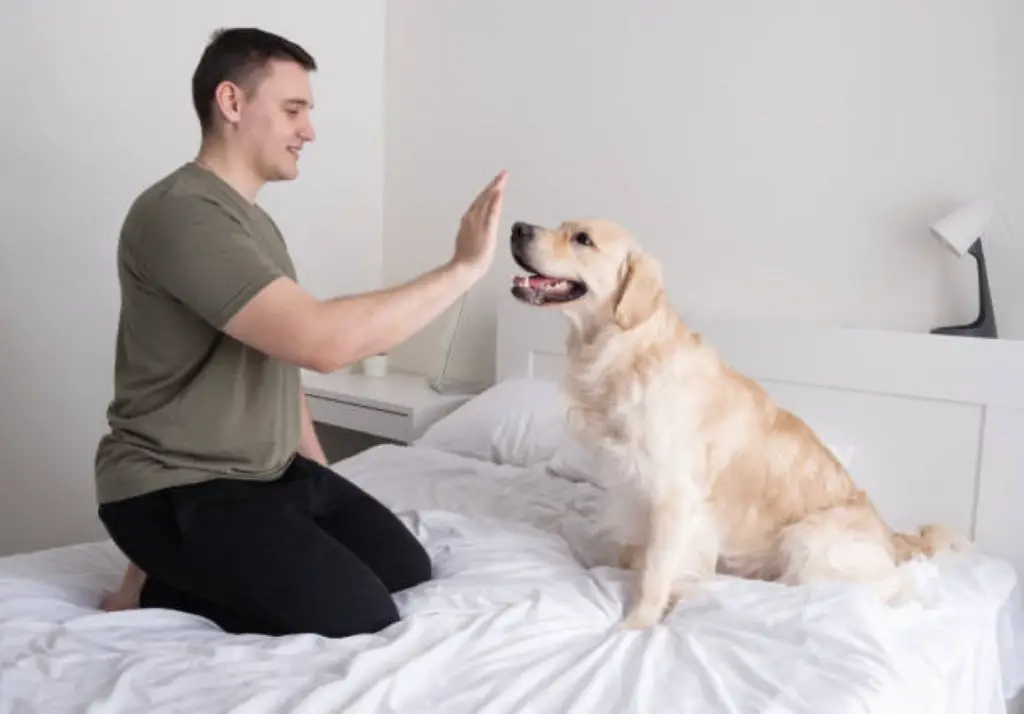
You can effectively train your dog by starting with simple, foundational commands like “sit” and “stay,” which promote clear communication and self-control. Choose quiet training areas with minimal distractions, such as parks during off-peak hours, and use positive reinforcement like treats and praise to encourage good behavior. Train in short sessions, ideally 5-10 minutes, and be consistent and patient with your dog’s progress. As you build a strong foundation, you can gradually increase complexity by introducing new challenges and variations to mastered commands, and with persistence and the right approach, you’ll be on your way to successful training.
Table of Contents
Key Takeaways
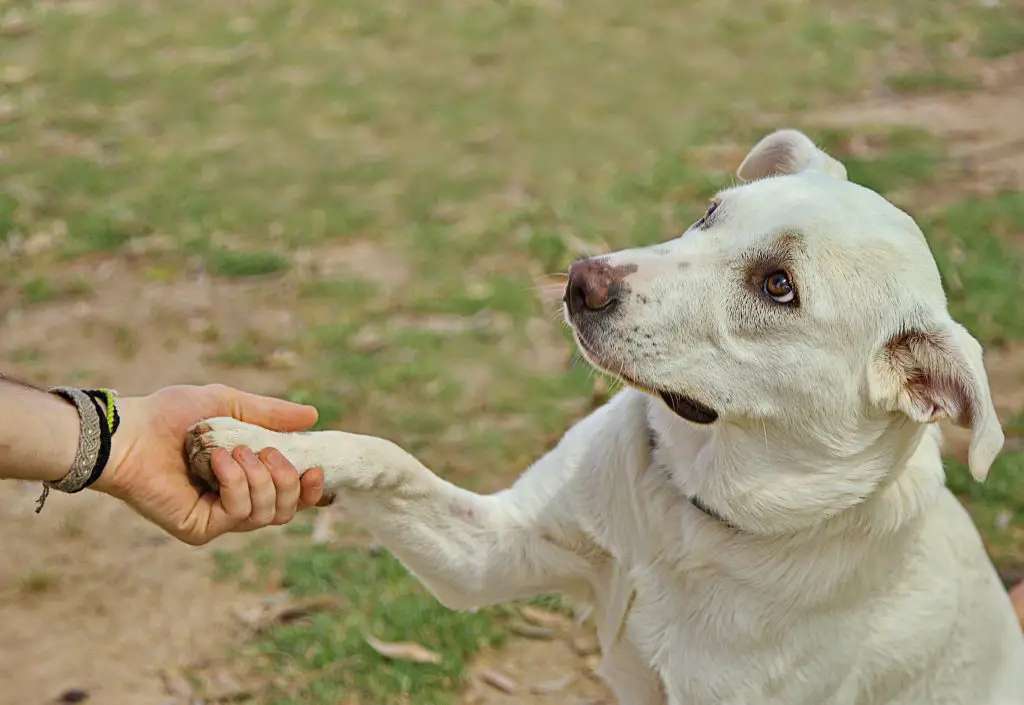
- Start with simple commands like “sit” and “stay” to promote self-control and clear communication with your dog.
- Create a suitable training environment by choosing quiet areas with minimal distractions and noise levels.
- Use positive reinforcement techniques like treats, praise, and affection to build trust and encourage good behavior.
- Structure training sessions to be short, consistent, and patient, with immediate rewards for desired behaviors.
Start With Simple Commands
When you begin training your dog, start by teaching simple commands that set the foundation for more complex behaviors, as this establishes a clear line of communication between you and your pet.
The sit command is a great place to start, as it helps your dog learn self-control and focus. To teach your dog to sit, hold a treat above their head and move it backwards towards their tail.
As they follow the treat with their nose, their bottom will lower into a sitting position. Once they’re in the sit position, say ‘sit’ and give them the treat.
Repeat this process until they’ve mastered the command.
This post contains affiliate links. However all the information provided on this site are my own honest opinions. See more in Disclaimer.
Next, introduce the stay command, which helps your dog learn to remain in a stationary position on command.
To teach your dog to stay, have them sit or lie down, then take a few steps back while saying ‘stay.’ If they get up, return to the beginning and try again.
Gradually increase the distance and duration of the stay command, rewarding them with treats and praise when they succeed.
Choose Quiet Training Areas
To help your dog focus during training, you’ll need to select quiet training areas with minimal distractions.
You can do this by choosing spots away from noisy streets and public areas with low foot traffic, allowing your dog to concentrate on learning new behaviors.
Minimize Noise Distractions

By selecting quiet areas with minimal background noise, you’ll be able to keep your dog’s attention focused on you and the training process, resulting in faster learning and more effective training sessions.
Also See:
To minimize noise distractions, you can utilize noise reduction techniques such as training in a room with soundproofing or using white noise machines to mask background sounds.
Additionally, choosing calming environments like parks or gardens during off-peak hours can help reduce noise levels and promote a more peaceful atmosphere for training.
Some tips to take into account when selecting quiet training areas:
- Look for areas with natural barriers to noise, such as hills or dense foliage.
- Avoid areas with loud machinery, construction, or high-traffic roads.
Select Low Traffic Spots
In addition to minimizing noise distractions, you’ll also want to choose training areas with low foot traffic to reduce visual distractions and keep your dog’s attention focused on the training process.
When you select low-traffic spots, you’ll be able to maintain your dog’s attention and concentration, allowing them to absorb the training material more effectively.
You’ll want to choose quiet areas like parks during off-peak hours, empty lots, or even just your own backyard.
These best locations provide an ideal setting for you to communicate with your dog without interruptions or external stimuli that can hinder the learning process.
Training in low-traffic areas provides numerous training benefits, including reduced anxiety and stress for your dog, which creates a more productive and enjoyable learning environment.
By choosing a low-traffic area, you’ll be able to optimize the effectiveness of your training sessions and ultimately achieve better results from your dog.
Utilize Quiet Hours
Choosing training areas during quiet hours allows you to minimize auditory distractions and keep your dog’s attention focused on the training process. This is essential when teaching basic commands, as you want your dog to concentrate on you and not get sidetracked by external noises.
By training during quiet hours, you can:
- Reduce barking and whining triggered by loud sounds
- Prevent distractions caused by people, cars, or other animals
Incorporating quiet hours into your training schedule can have a significant impact on your dog’s behavior. A calm and peaceful environment will help your dog stay focused and receptive to learning. Conversely, a noisy and chaotic setting can hinder your dog’s progress and create behavioral issues.
Use Positive Reinforcement
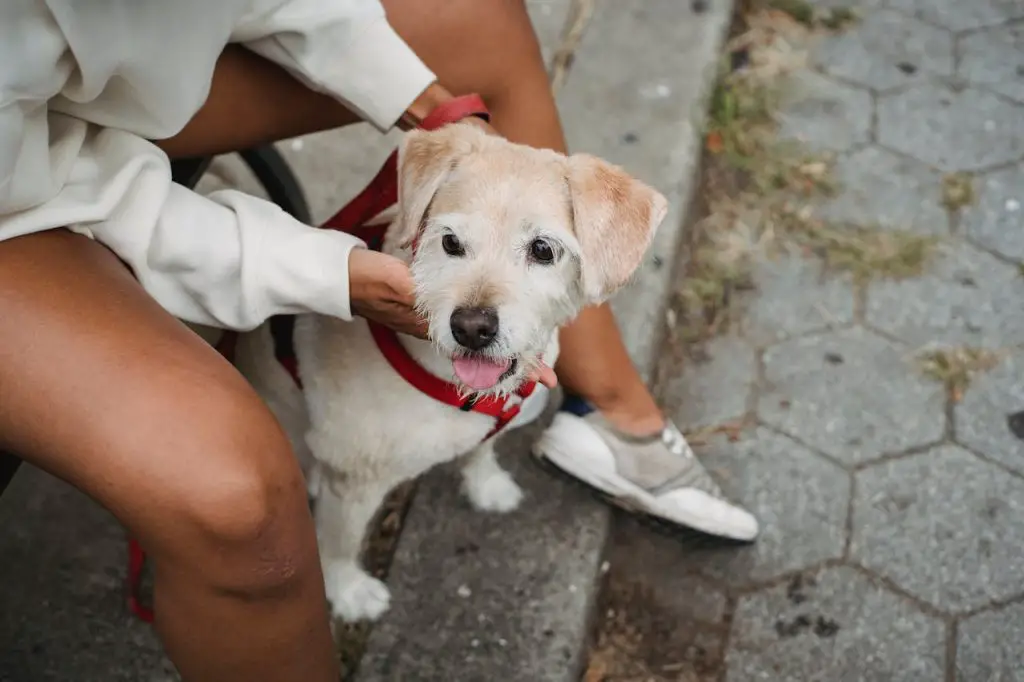
When training your dog, positive reinforcement is a powerful tool that helps you build trust and encourages good behavior by associating desired actions with rewards.
By leveraging this approach, you foster a supportive learning environment, empowering your dog to absorb new information and skills easily.
You’ll be making use of positive reinforcement training, whether through treats and praise, affection, toys, or engaging in the effective practice of clicker training.
Reward timing in positive reinforcement is vital.
Train in Short Sessions
Building on the foundation of positive reinforcement, you’ll want to structure your training sessions to maximize your dog’s focus and retention, which is where training in short sessions comes into play.
By keeping sessions brief, you can maintain your dog’s attention and prevent frustration. Typically, 5-10 minute sessions are ideal, allowing you to target a specific skill or behavior.
When training in short sessions, consider the following:
- Use minimal training equipment to avoid distractions and maintain focus on the task at hand.
- Pay attention to reward timing, providing treats and praise immediately after desired behaviors to reinforce learning.
Be Consistent and Patient
Now that you’re training in short sessions, it’s vital that you’re consistent and patient with your dog.
You’ll need to set realistic training goals and establish a routine that works for both you and your dog.
Set Realistic Training Goals
To achieve successful dog training, you must set specific, measurable, and attainable goals that align with your dog’s breed, age, and individual learning pace.
By doing so, you’ll create a roadmap for success and avoid frustration for both you and your dog. Goal setting helps you focus on what you want to achieve, whether it’s basic obedience or agility training.
When setting goals, consider the following:
- Start small: Break down complex behaviors into smaller, manageable steps. This will help you build momentum and reinforce positive behaviors.
- Be specific: Clearly define what you want to achieve, such as ‘train my dog to sit on command’ instead of ‘train my dog to behave.’
Establish a Routine
With clear goals in place, you can create a structured routine that fosters consistency and patience, helping your dog feel secure and develop good habits.
Establishing a routine is essential in dog training, as it allows your dog to understand what’s expected of them and when.
You’ll want to set a realistic training schedule, allocating specific times for training sessions, exercise, and play.
Stick to your routine as closely as possible, even on weekends and days off. Consistency is key when developing good habits in your dog.
Aim for daily practice, even if it’s just 10-15 minutes a day. This will help reinforce what your dog has learned and prevent them from forgetting previous training.
Be patient with your dog’s progress, as every dog learns at their own pace. Don’t rush the training process, and remember to reward good behavior.
Avoid Distractions and Interruptions
Minimizing distractions and interruptions is essential when training your dog, as they can derail even the best-planned session and hinder your dog’s ability to focus.
To achieve this, you’ll need to employ effective distraction techniques and interruption management strategies.
Start by identifying potential distractions that might affect your training sessions, such as other pets, family members, or noises.
Once you’ve identified these distractions, develop a plan to minimize them. This might involve:
- Training in a quiet room or area with minimal foot traffic
- Using positive reinforcement techniques to keep your dog focused on you
Gradually Increase Complexity

As your dog becomes more confident and proficient in their training, you’ll need to introduce new challenges and gradually increase the complexity of the exercises to keep them engaged and stimulated.
This will help prevent boredom and mental stagnation, while also strengthening the bond between you and your dog.
To achieve this, start by adding variations to the basic commands your dog has already mastered.
For example, if your dog has learned to sit, try having them sit in different locations, such as on a slope or near a distraction.
As you progress, you can introduce advanced tricks that require more concentration and problem-solving skills.
This won’t only challenge your dog’s mind but also provide an opportunity for behavior troubleshooting.
Frequently Asked Questions
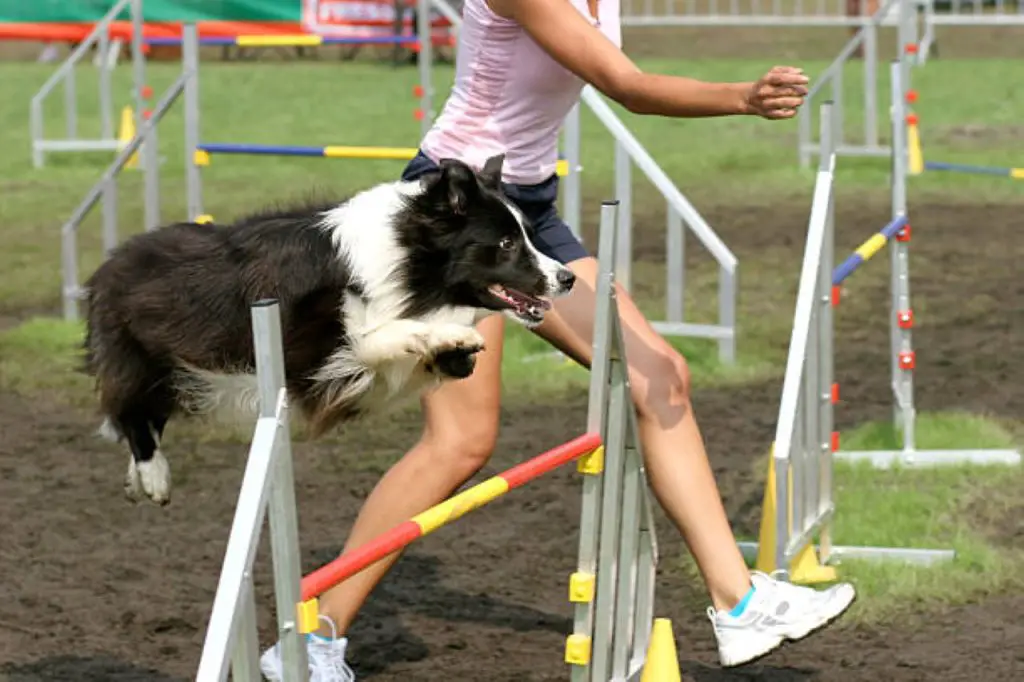
You can start puppy training as early as 8-10 weeks old, but it’s crucial to take into account age milestones, such as teething and socialization phases, to tailor your approach and guarantee effective learning and development.
Stepping into the unknown, you release a world of possibilities. With no prior experience, you can still train your dog using positive reinforcement training techniques and beginner tips that’ll guide you through the learning process.
You’ll want to choose treat types that your dog loves and that are healthy, such as small pieces of cooked chicken or green beans. Opt for a treat size that’s small enough for your dog to swallow in one bite.
You won’t exhaust your high-energy dog breed with training sessions if you create a balanced training schedule with regular breaks. Using positive reinforcement techniques, you’ll engage their mind and body, leaving them stimulated, not drained.
“When juggling multiple dogs, you’re biting off a big chunk, but with careful planning, you can chew effectively! Scheduling sessions separately and creating a distraction-free training environment for each dog will be your recipe for success.”
Conclusion
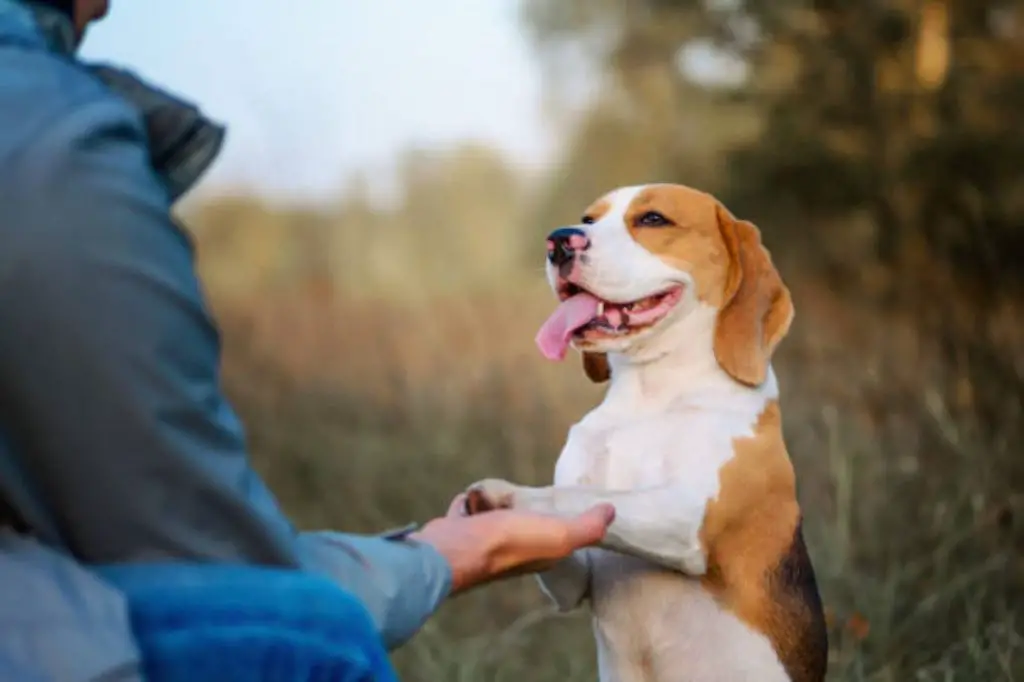
Like a maestro conducting a symphony, you’ve orchestrated your dog’s transformation from chaos to harmony.
With consistent practice and positive reinforcement, your furry friend now responds to basic commands with ease.
As you build on this foundation, remember to be patient and adapt to their unique rhythm.
By fine-tuning your training, you’ll create a masterpiece of canine obedience, a true reflection of the power of teamwork and dedication.
Your next performance awaits – cue the next command!
